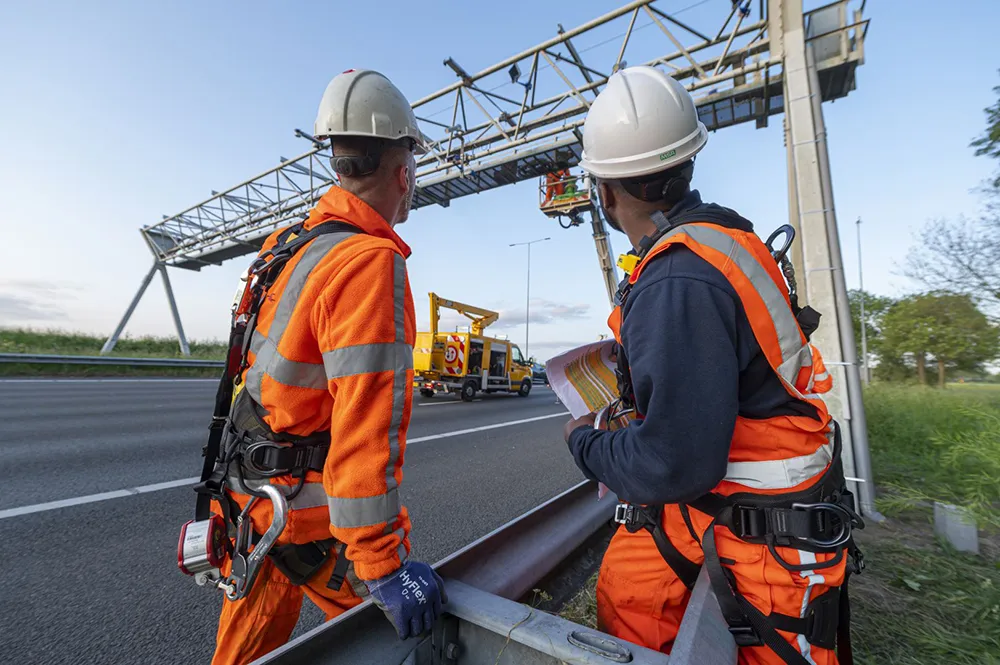The UK's
The options for technology range from automatic number plate recognition or toll tags to a solution based on board tolling unit as well as the use of a GPS-enabled dongle plugged into the vehicle's on-board diagnostic port.
These experts also addressed privacy concerns surrounding any use of location-based charging as an issue for private drivers, and that there still needs to be mechanisms in place to alleviate any fears.
In addition, the report to the DfT also features comments on the effects of charging on congestion, emissions and the economy. It is being submitted following the Department's call for evidence last November.
Jennie Martin, secretary general, said: “This is a very important issue for the future of mobility and I'm proud that ITS (UK) has again been able to help set out the options in an informed way – it's another example of the service we give to members, and by implication, to the wider travelling public.”
ITS (UK) tells DfT is no barrier to HGV charging
The UK's Intelligent Transport Society has told the Department for Transport (DfT) that there is no technical barrier to the distance-based charging of heavy goods vehicles (HGVs) in response to a consultation on reforming the HGV road user levy. A range of experts agreed that the technology already exists, with Germany's truck tolling scheme implemented in 2005. The options for technology range from automatic number plate recognition or toll tags to a solution based on board tolling unit as well as the us
January 29, 2018
Read time: 2 mins










